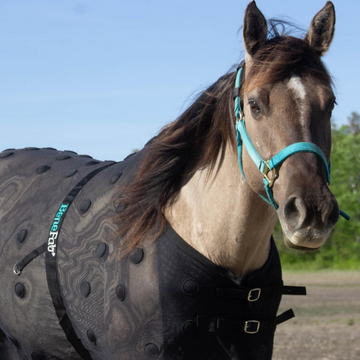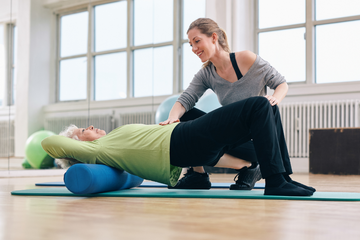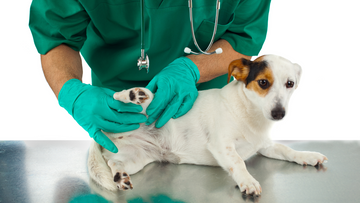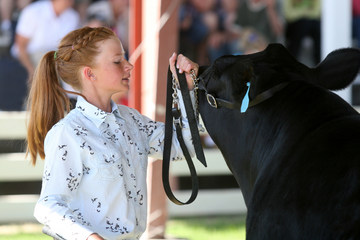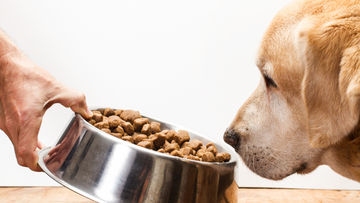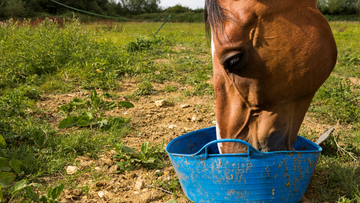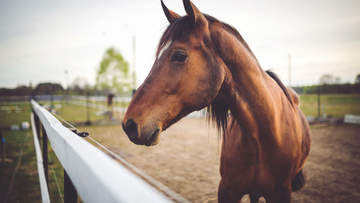Spondylosis is a form of arthritis that creates wear and tear on the spine. It is common in older adults and usually worsens with age, leading to stiffness and pain from the degenerative effects.
The primary cause of Spondylosis is the day-to-day overuse of the spine throughout time. When this condition occurs, the joints and discs deteriorate as bone spurs grow on the vertebrae. These changes that develop in the spine affect the spine's movement, the surrounding nerves, and various other functions. It can affect not just the neck, but any region of the spine, including the cervical (neck), thoracic (upper, mid-back), lumbar (lower back), and/or the lumbosacral (lower back/sacrum).

Symptoms of Spondylosis:
- As the spine moves, there is a popping or grinding sensation that occurs.
- Headaches or migraines.
- Uncoordinated movements.
- Pain and muscle spasms.
- Difficulty walking or losing balance.
- Loss of bowel and bladder control.
- Fragility in your legs and hands.
Cervical Spondylosis is the most known type of progressive disorder that affects the neck during the aging process. Naturally (and ideally), the soft discs between your vertebrae and the bones in your spine provide cushioning. However, in a condition such as cervical spondylosis, the discs become compressed. In addition, the cartilage that lines the vertebrae on each side of the disc can deteriorate. When the protective cartilage disappears, spurs can develop on your vertebrae and begin pinching together.
In an article by Medical News Today, they stated that according to the American Academy of Orthopedic Surgeons, more than 85 percent of people older than 60 [years of age] have cervical spondylosis."
When it comes to this condition, the changes affect people differently, depending on the risk factors involved. Some of the most common risk factors are as follows:
- Genetics
- Obesity
- Injury to the spine (or previously having undergone spinal surgery).
- Smoking
- Repetitive heavy lifting.
- Depression or anxiety.
Psoriatic arthritis, a type of inflammatory arthritis, may present the following symptoms:
- Joint pain.
- Stiffness
- Possible swelling flare-ups.
As always, we recommend seeking professional medical advice, but if pain persists, you may find relief from the following home remedy treatments.
Home Remedy Treatments for Spondylosis:
- Over-the-counter medication (NSAIDS—non-steroidal anti-inflammatory drugs) such as ibuprofen could help.
- Increased physical activities such as walking, and swimming will assist in maintaining flexibility—making the muscles that support the spine stronger.
- Improving posture as 'slouching' may cause the pain to worsen.
- Physical therapy or other specialized exercises.
- Massages
- Supportive sitting and sleeping areas (i.e. chairs and mattresses).
- Rest and relaxation.
By recognizing the symptoms of Spondylosis and knowing the risk factors involved with this condition, you will be better equipped to keep symptoms manageable and arrange the proper treatment protocol. Whether it is home remedies you prefer to follow or speaking to your doctor about any concerns you may have, your spine will thank you for taking the next step.
If you suffer from the many forms of pain that come from spondylosis, our Benefab® Therapeutic Bed Set can help relieve overall pain and discomfort you may be feeling. This bed set is made from a cozy, far-infrared fleece that helps harmonize bodily functions safely and naturally by stimulating recovery time, promoting blood circulation, increasing oxygen flow, and ultimately reducing pain and stiffness